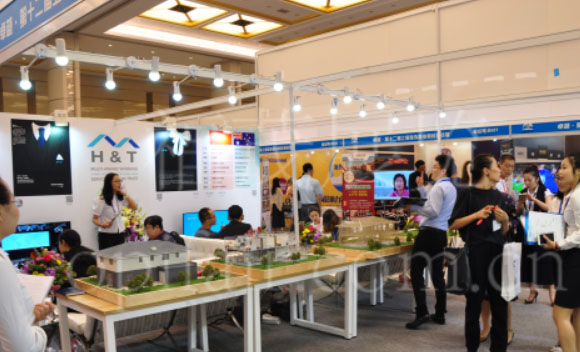The investment market is like a big stage; some perform, some watch. To quickly integrate, you must first learn to “see the ropes.” Attending the Wise Overseas Property, Immigration, and Study Abroad Exhibition held in Shanghai from March 29th to 31st, 2026, is a great opportunity to directly experience the pulse of the investment world. It will give you access to “live information” related to global real estate, immigration policies, and study abroad resources over three days.
The first step to quickly integrating into the investment market is to “observe and listen more.” Just like learning to ride a bicycle by watching others ride, investing also requires observing market movements. Pay attention to financial news and price changes in daily life. For example, rising supermarket vegetable prices may be related to inflation, and stock market fluctuations may be linked to corporate profits. These everyday pieces of information are “barometers” of the investment market. You don’t need to understand professional jargon; just maintain sensitivity to numbers and trends, and you’ll gradually grasp the ropes.
The second step is to “test the waters small.” Investing is not gambling; don’t bet a large sum of money right away. You can start with areas you’re familiar with. For example, set aside a portion of your monthly allowance for low-risk financial products or try investing in mutual funds through regular fixed-amount investments—like saving a little spare change each month, which can eventually grow into a considerable “little nest egg.” This “small steps” approach allows you to accumulate experience without being crippled by a single failure, serving as a “safety ladder” for quick integration.
The third step is “finding the right circle.” There are many people in the investment market, but those who can truly help you are likely right next door. For example, attending the aforementioned exhibitions not only allows you to hear professionals discuss the potential of overseas real estate and changes in immigration policies, but also provides an opportunity to exchange ideas with others who are also interested in investing. It’s like joining an interest group where everyone shares experiences, which is much faster than figuring things out on your own. Information within this “circle” is often more practical and reliable than scattered posts online.
The fourth step is “maintaining patience.” The investment market is like the weather—it can be sunny one day and rainy the next—but long-term trends are often more stable. For example, holding quality assets for three to five years may involve several fluctuations, but the overall value is likely to increase with economic development. Conversely, those who constantly think “buy today, sell tomorrow” are more likely to lose money due to frequent trading. Patience isn’t passive waiting, but rather believing in the power of time and allowing compound interest to slowly take effect.
Finally, remember that investing is “your own business.” Even the most compelling success stories of others may not suit you. For example, some people are suited to buying stocks for high returns, while others are suited to government bonds for stability. The key is to match your risk tolerance and goals. Just like shoes, only you know if they fit; investing also requires finding the right “shoes” for you.
Attending the Wise Shanghai Exhibition from March 29th to 31st, 2026, is a chance to “try it on”—you can hear experts discuss the latest trends in overseas real estate, understand how immigration policies affect investment, and even discuss your child’s future education planning with study abroad agencies. This information isn’t just cold, hard data, but a “living map” that can directly help you plan your investments.
There are no shortcuts to quickly integrating into the investment market, but there are methods. By observing and listening more, taking small steps to test the waters, finding the right circle of people, and maintaining patience, coupled with “on-site learning” such as attending exhibitions, ordinary people can gradually transform from “outsiders” to “insiders.” Investing is not a game of getting rich overnight, but a process of exchanging time for space and knowledge for returns. As long as the methods are right, everyone can find their place in the market.







